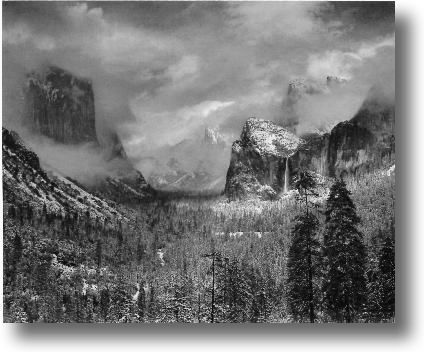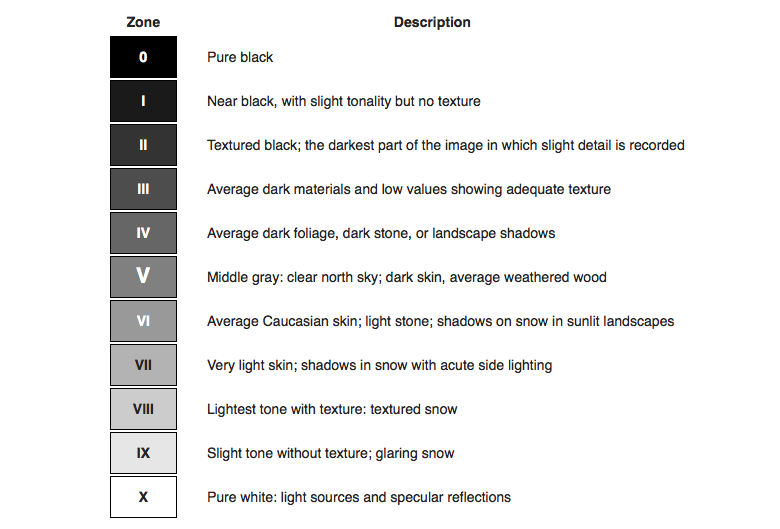
“In wisdom gathered over time I have found that every experience if a form of exploration” – Ansel Adams
Adams was born in the Fillmore District of San Francisco, the only child of Charles Hitchcock Adams and Olive Bray and died April 22, 1984 (age 82 years), California, Untied States. He turned into named after his uncle, Ansel Easton. His mother`s own circle of relatives got here from Baltimore, in which his maternal grandfather had a a hit freight-hauling business however misplaced his wealth making an investment in failed mining and actual property ventures in Nevada. Adams`s first photographs have been published in 1921, and Best’s Studio started out selling his Yosemite prints the next year. His early photos already confirmed careful composition and sensitivity to tonal balance. In letters and playing cards to family, he wrote of getting dared to climb to the best viewpoints and to brave the worst elements.
Ansel Adams, America’s most beloved wilderness photographers, shunned romanticism to reveal the raw beauty of the outdoors. Ansel Easton Adams, arguably the most famous pioneering modern nature and landscape photographer.

Clearing Winter Storm, Yosemite National Park

Clearing Winter Storm, Yosemite National Park, California is a black and white photograph taken by Ansel Adams, c. 1937. It is part of a series of natural landscapes photographs that Adams took from Inspiration Point, at Yosemite Valley, since the 1930s. This picture of a clearing and spent winter storm was taken on a day in early December. The storm, first of heavy rain and then turning to snow, began to clear around midday so Adams drove to New Inspiration Point, a place where he had taken many pictures and which gave this breath taking view of the Yosemite Valley. I love the way the image is set and how everything is so detailed and has so many different shades of grey and black. During the years in Yosemite there was an almost continuous opportunity to monitor the changes light and weather moods, hilly and mountainous regions regularly experience spectacular weather conditions. Such conditions however are often very fleeting and there is rarely the time to arrive at a suitable location for a photograph and set up the bulky and labor intensive 4 x 5 in or 8 x 10 in view cameras.
Zone System

The 11 zones in Ansel Adams’ system were defined to represent the gradation of all the different tonal values you would see in a black and white print, with zone 5 being middle grey, zone 0 being pure black, and zone 10 being pure white.
Even though the Zone System is over 80 years old, it is still relevant today whether shooting modern films or digital capture. This article is for photographers wanting to learn more about the Zone System for their particular workflow.
Group f64
On November 15, 1932, at the M. H. de Young Memorial Museum in San Francisco, eleven photographers announced themselves as Group f/64: Ansel Adams, Imogen Cunningham, John Paul Edwards, Preston Holder, Consuelo Kanaga, Alma Lavenson, Sonya Noskowiak, Henry Swift, Willard Van Dyke, Brett Weston, and Edward Weston. The name of this Group is derived from a diaphragm number of the photographic lens. It signifies to a large extent the qualities of clearness and definition of the photographic image which is an important element in the work of members of this Group.
Ansel Adams: Inspiration and Influence
Ansel Adams inspiration and influence is curated with the aid of using Drew Johnson, curator of images withinside the artwork branch and current winner of a California Book Award provided with the aid of using The Commonwealth Club for his book Capturing Light: Masterpieces of California Photography, 1850 to the Present (Norton, 2001). This exhibition is important, Johnson says, because “It locations Adams withinside the context of the records of images, specially West Coast images. Adams changed into strangely informed approximately the paintings of different photographers, each his contemporaries and that of 19th-century pioneers. This inspiration and have an effect on turns into obvious while his photos are studied next to the paintings of others.”
